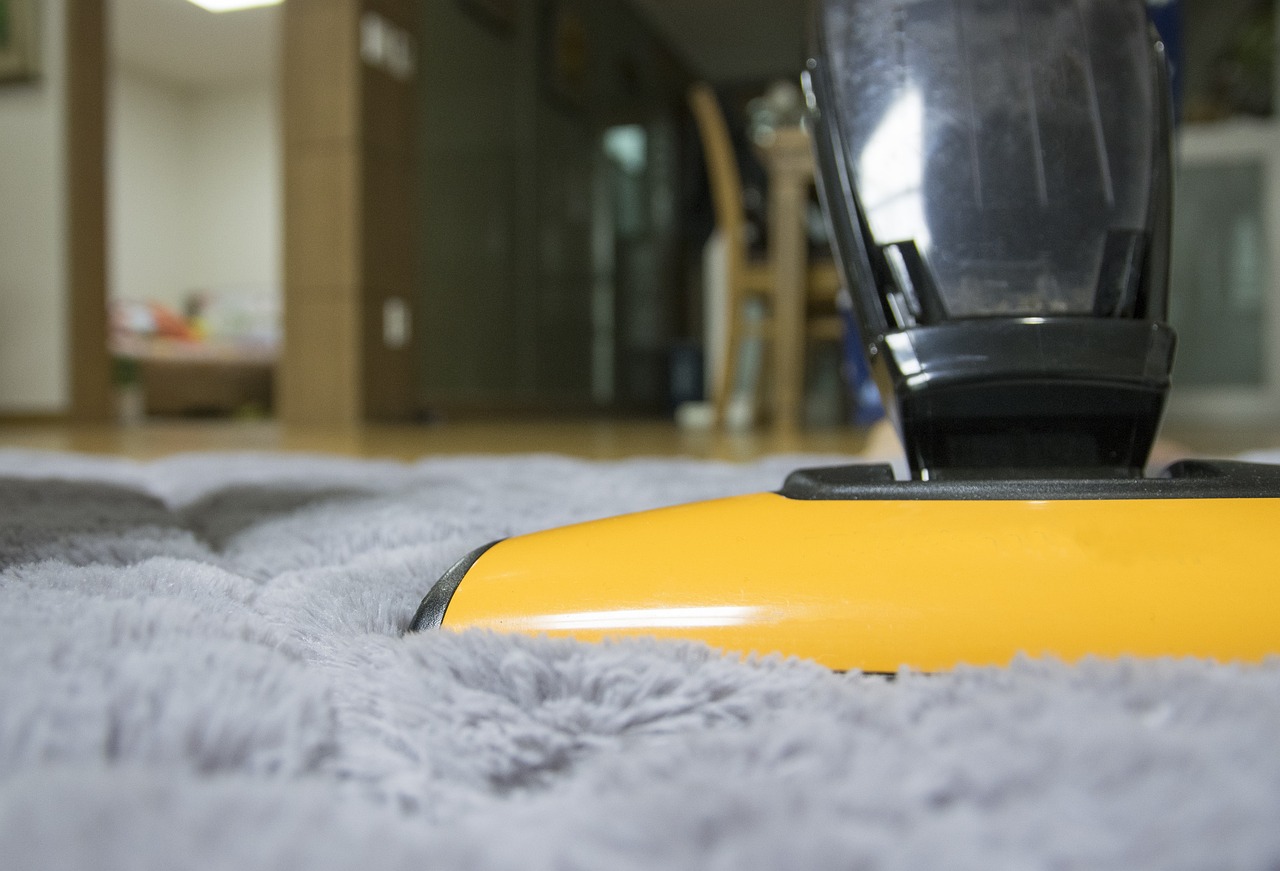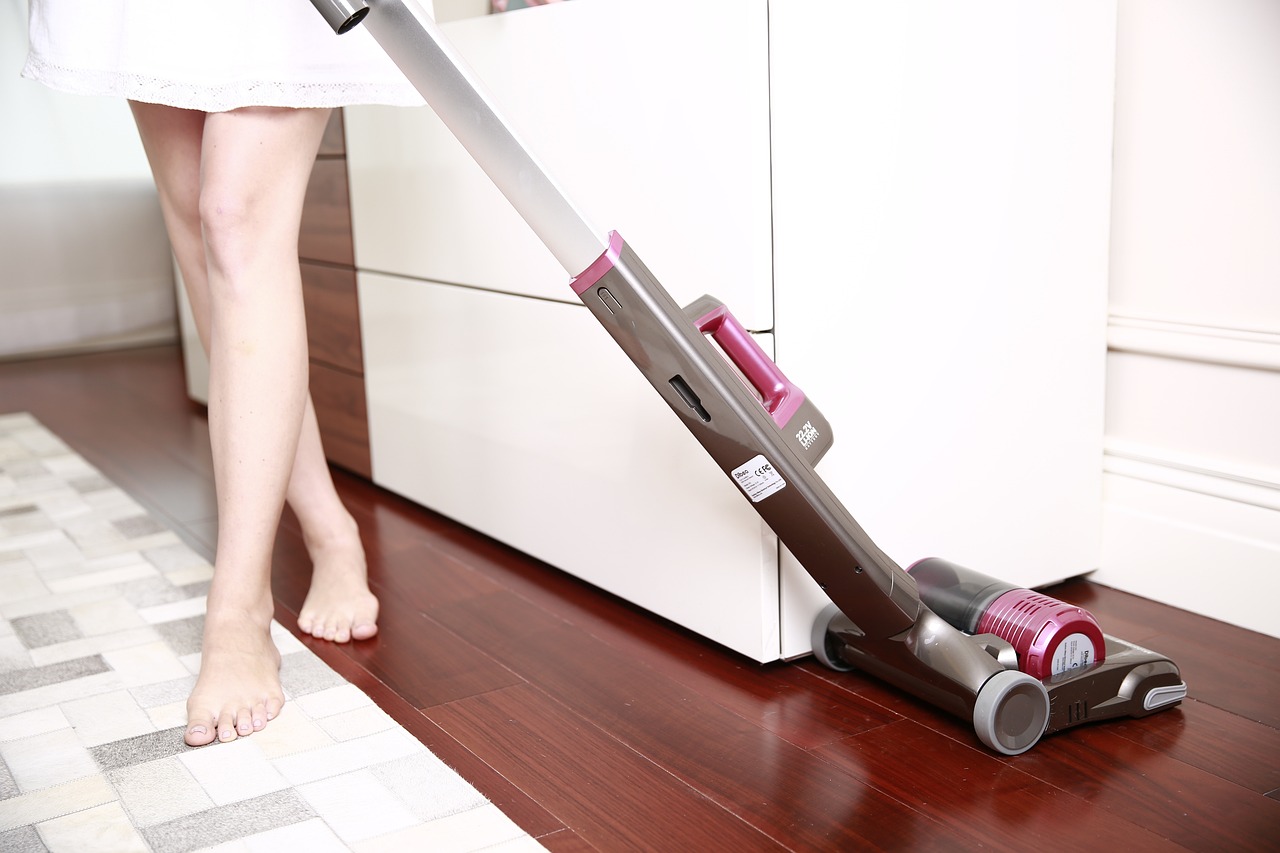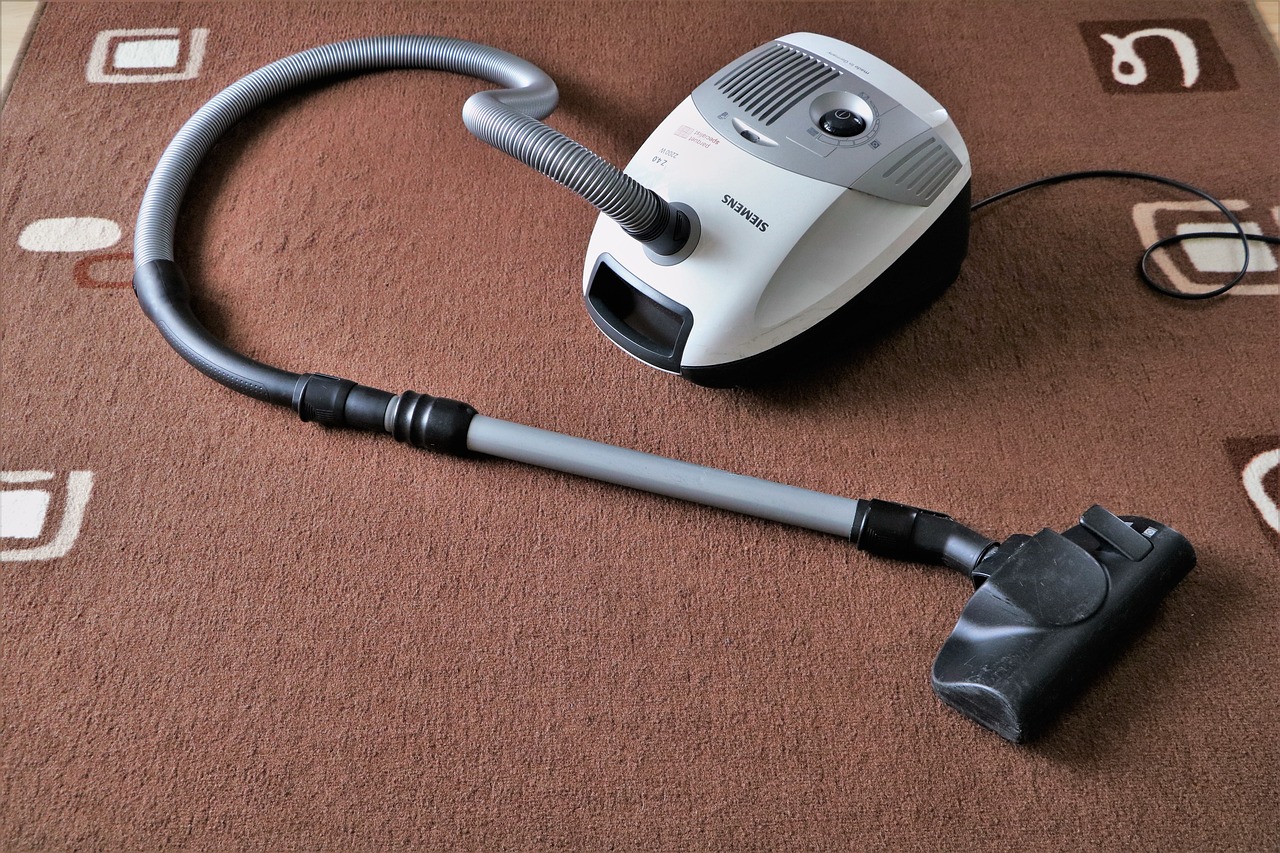The battle for supremacy in the world of smart vacuum cleaners has intensified, with Dyson and Samsung at the forefront of innovation. Vacuum cleaners with smart technology have revolutionized home cleaning, offering unprecedented power, convenience, and efficiency. This comparison between Dyson and Samsung Jet models explores how these industry leaders leverage cutting-edge features to address the evolving needs of consumers, from suction prowess to battery longevity and groundbreaking smart technologies.
Key Features Comparison
When evaluating Dyson and Samsung Jet vacuum cleaners, several critical features stand out as differentiators. These key aspects not only define the cleaning performance but also significantly impact the user experience.
Suction Power
Suction power is a crucial factor in a vacuum’s ability to remove dirt, debris, and embedded particles from various surfaces.
| Model | Suction Power (Air Watts) |
|---|---|
| Dyson V15 Detect | 230 AW |
| Samsung Bespoke Jet | 210 AW |
| Dyson V11 | 185 AW |
| Samsung Jet 90 | 200 AW |
Dyson’s V15 Detect slightly edges out Samsung’s Bespoke Jet in raw suction power. This difference translates to:
- More effective deep cleaning of carpets
- Better performance on high-pile rugs
- Improved removal of embedded pet hair and fine dust
While the 20 AW difference may seem minimal, it can be noticeable when tackling stubborn debris or cleaning thick carpets.
Filtration Systems
Both Dyson and Samsung prioritize air quality, offering advanced filtration systems in their top models.
- Dyson’s Sealed HEPA Filtration:
- Captures 99.97% of particles as small as 0.3 microns
- Fully sealed system prevents dust leakage
- Ideal for allergy sufferers
- Samsung’s 5-Layer Filtration:
- Claims to trap 99.999% of microdust
- Multi-cyclonic system separates large and fine particles
- HEPA filter captures microscopic allergens
Both systems offer exceptional filtration, with Samsung claiming a slightly higher capture rate. However, Dyson’s fully sealed system may provide an edge in preventing recirculation of captured particles.
Dustbin Capacity and Emptying Mechanism
The dustbin design affects both cleaning duration and hygiene during emptying.
| Feature | Dyson V15 Detect | Samsung Bespoke Jet |
|---|---|---|
| Dustbin Capacity | 0.75 liters | 0.8 liters |
| Emptying Mechanism | Point-and-shoot | All-in-One Clean Station |
| User Interaction | Manual release | Hands-free |
| Hygiene Factor | Potential dust exposure | Minimal dust exposure |
Dyson’s point-and-shoot mechanism offers quick and easy emptying but may expose users to dust. Samsung’s Clean Station provides a more hygienic, hands-free experience at the cost of requiring a separate unit.
Usability and Ergonomics

The user experience is paramount in smart vacuum design, with both brands focusing on ergonomics and intuitive controls.
Control Methods and Displays
Control interfaces and information displays significantly impact ease of use and cleaning efficiency.
Dyson V15 Detect Display Features:
- LCD screen with real-time performance data
- Particle count visualization
- Remaining battery life indicator
- Power mode selection
Samsung Bespoke Jet Display Features:
- LED indicators for power mode
- Battery life display
- Filter and brush replacement alerts
- Suction power level indicator
Dyson offers more detailed on-device information, potentially allowing for more precise cleaning adjustments. Samsung’s simpler display may be more straightforward for users who prefer a less complex interface.
Weight and Maneuverability
The physical design of these vacuums affects their ease of use, especially during extended cleaning sessions.
Dyson V15 Detect:
- Weight: 6.8 lbs (3.1 kg)
- Balance: Top-heavy design
- Convertibility: Transforms into handheld unit
- Reach: Good for overhead cleaning
Samsung Bespoke Jet:
- Weight: 5.7 lbs (2.6 kg)
- Balance: Better weight distribution
- Convertibility: Also converts to handheld
- Reach: Excellent for floor-to-ceiling cleaning
Samsung’s lighter weight and improved balance make it more comfortable for extended use, while Dyson’s design may offer better control for detailed cleaning tasks.
Battery Life and Charging Options
Long-lasting battery performance and convenient charging solutions are essential for uninterrupted cleaning sessions.
Run Time and Power Modes
| Model | Eco Mode | Mid Power | Max Power |
|---|---|---|---|
| Dyson V15 Detect | Up to 60 mins | ~40 mins | ~12 mins |
| Samsung Bespoke Jet | Up to 60 mins | ~30 mins | ~10 mins |
Both vacuums offer similar run times, with Dyson having a slight edge in higher power modes. The practical implications include:
- Sufficient time for whole-house cleaning on lower settings
- Need for strategic use of high-power modes for larger homes
- Consideration of battery swapping for extended cleaning sessions
Charging Stations
Charging solutions impact both convenience and storage efficiency.
Dyson Charging Dock:
- Wall-mounted design
- Doubles as storage solution
- Charges vacuum and attachments
- Space-saving vertical orientation
Samsung Z Station:
- Freestanding design
- Charges two batteries simultaneously
- Integrated tool storage
- Flexibility in placement
Samsung’s Z Station offers more versatility in placement and the ability to charge a spare battery, while Dyson’s wall-mounted solution may be preferable for those with limited floor space.
Innovative Features
Smart technologies set these vacuums apart, offering unique solutions to common cleaning challenges.
Laser Detect Technology vs. LED Headlights
| Feature | Dyson Laser Detect | Samsung LED Lights |
|---|---|---|
| Technology | Green laser diode | High-intensity LEDs |
| Visibility | Highlights microscopic dust | Illuminates cleaning path |
| Surface Compatibility | Most effective on hard floors | Effective on all surfaces |
| Battery Impact | Minimal drain | Slightly higher drain |
Dyson’s Laser Detect technology offers unparalleled visibility of fine dust on hard surfaces, while Samsung’s LED lights provide consistent illumination across all floor types.
All-in-One Clean Station
Samsung’s Clean Station offers several advantages:
- Automatic dustbin emptying
- 99.999% dust retention during emptying process
- Reduced exposure to allergens
- Compresses dust for less frequent disposal
- Eliminates need for manual bin cleaning
While Dyson’s point-and-shoot system is quicker for spot cleaning, Samsung’s Clean Station provides a more hygienic and convenient solution for regular maintenance, especially beneficial for allergy sufferers.
Conclusion
Both Dyson and Samsung Jet vacuum cleaners showcase impressive smart technologies that elevate the cleaning experience. Dyson excels in raw suction power and detailed cleaning feedback, making it ideal for users who prioritize performance data and deep cleaning capabilities. Samsung’s innovations in user comfort, hygienic maintenance, and versatile charging options cater to those seeking convenience and reduced allergen exposure.
The choice between these top-tier brands ultimately depends on individual priorities:
- For maximum suction and detailed cleaning metrics, Dyson’s V15 Detect is hard to beat.
- For ergonomic design and hygienic emptying, Samsung’s Bespoke Jet offers compelling advantages.
Both brands continue to push the boundaries of what’s possible in home cleaning technology, ensuring that regardless of choice, users will experience a significant upgrade in their cleaning routine. As smart vacuum technology evolves, we can expect even more innovative features that further simplify and enhance the cleaning process, making these devices an increasingly integral part of modern smart homes.


